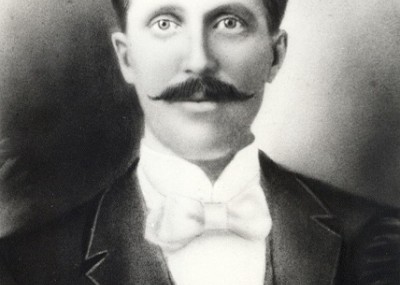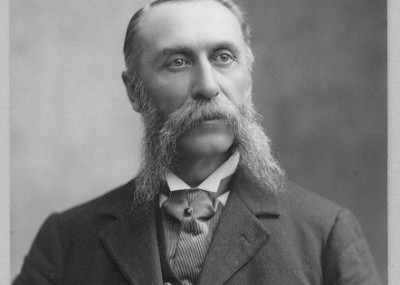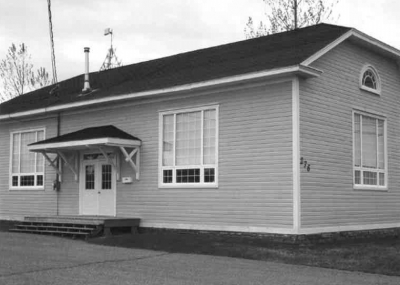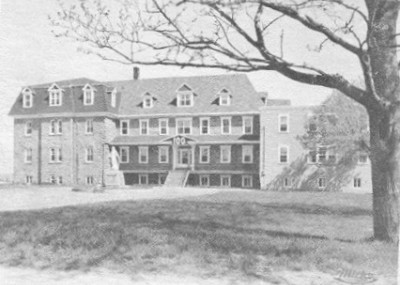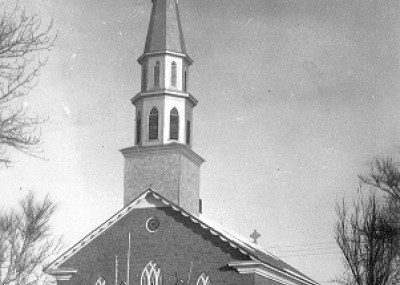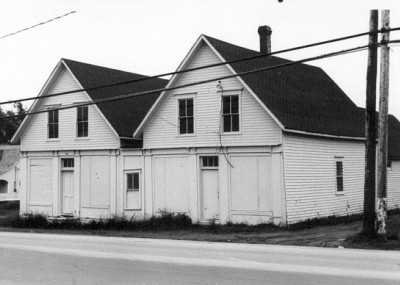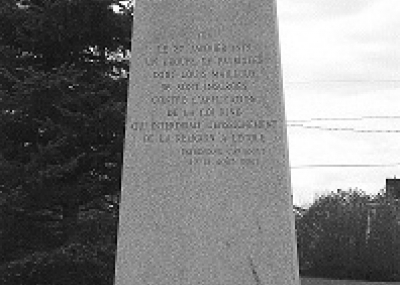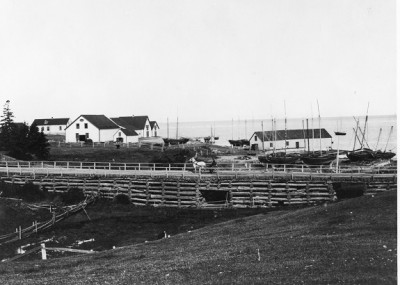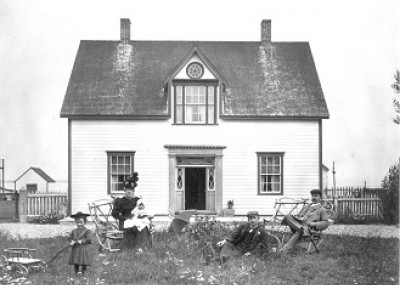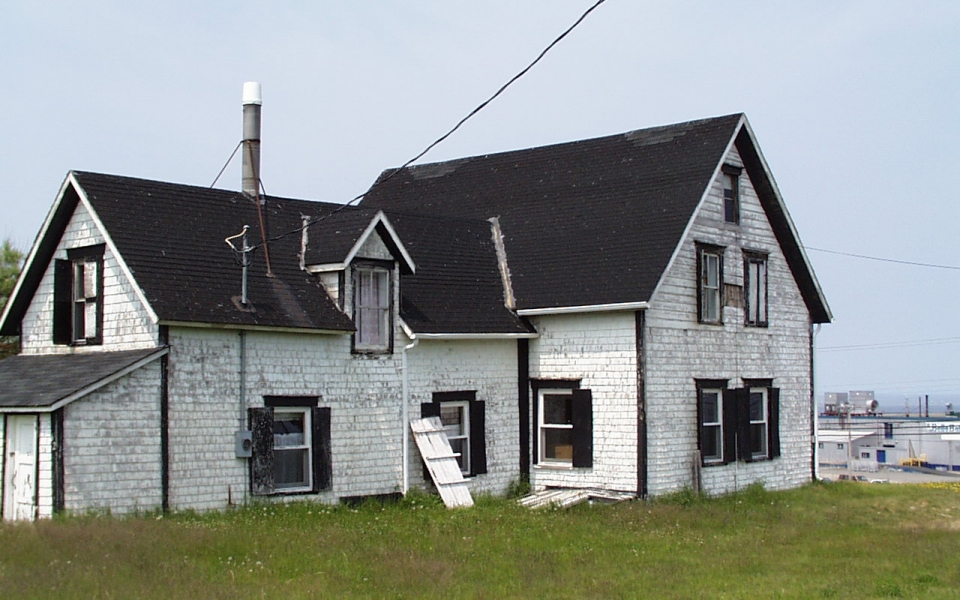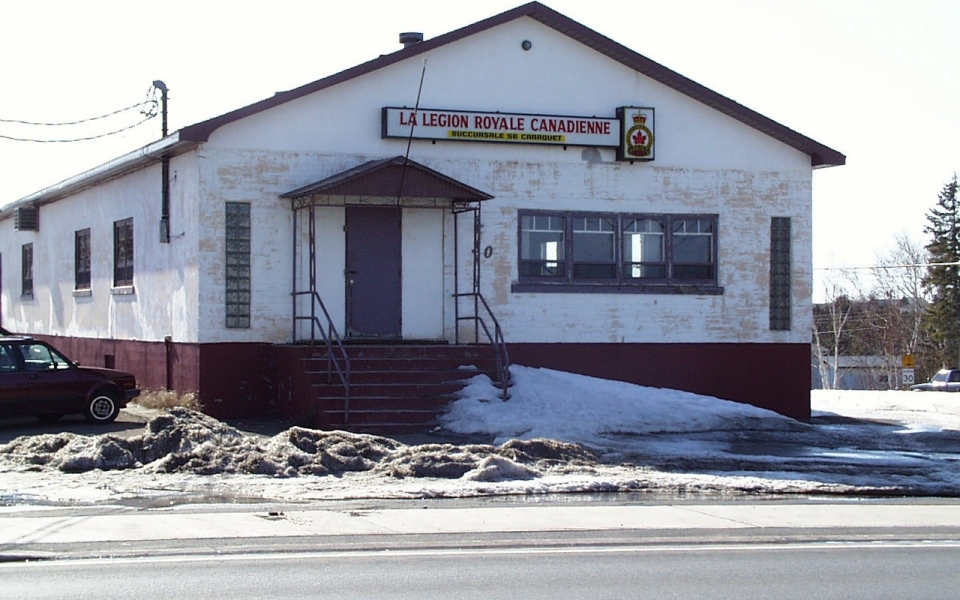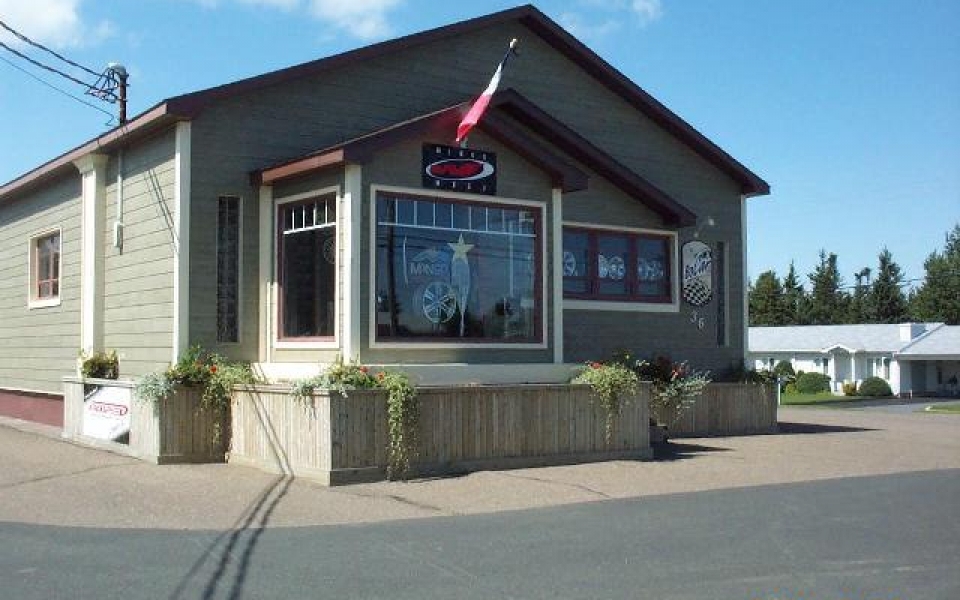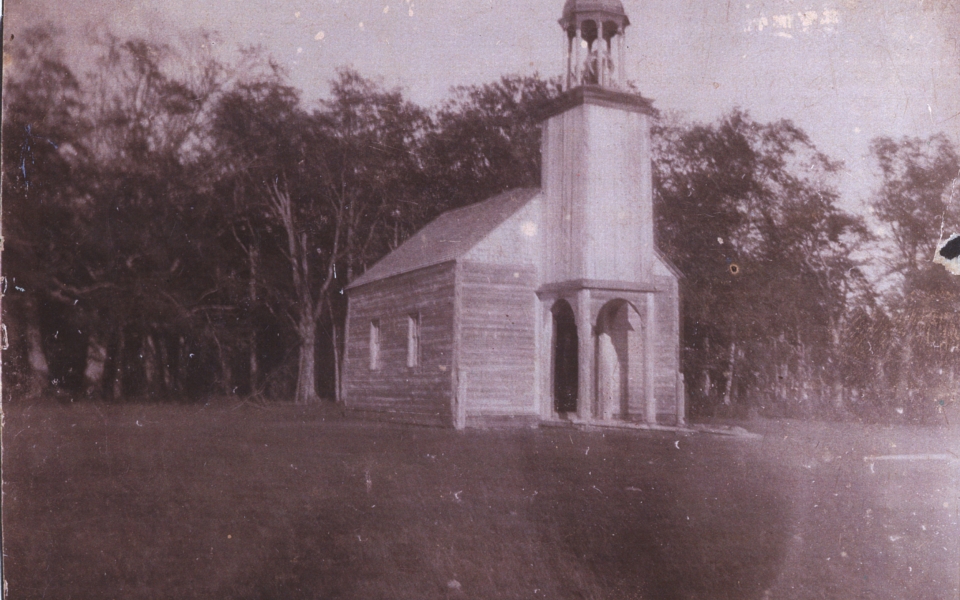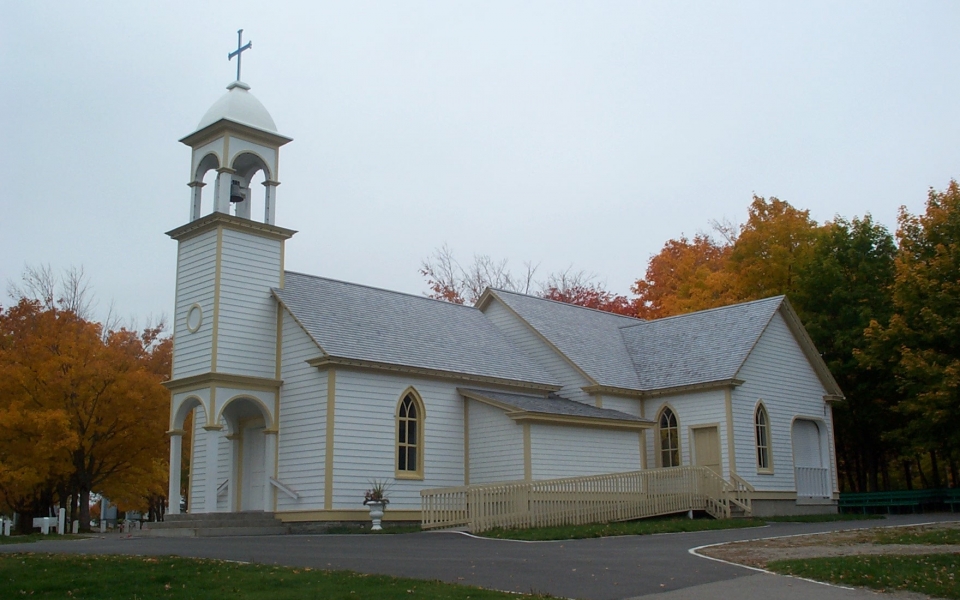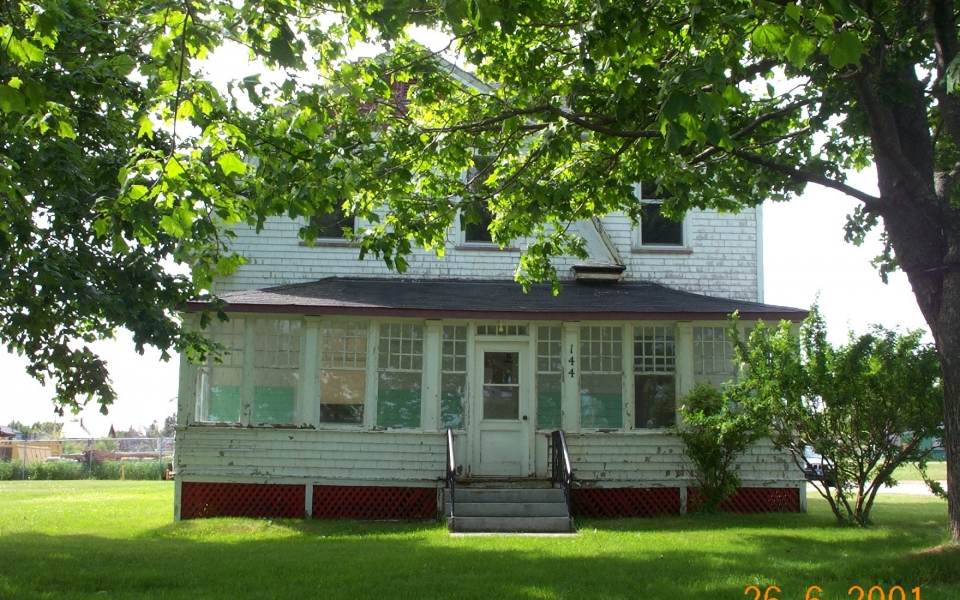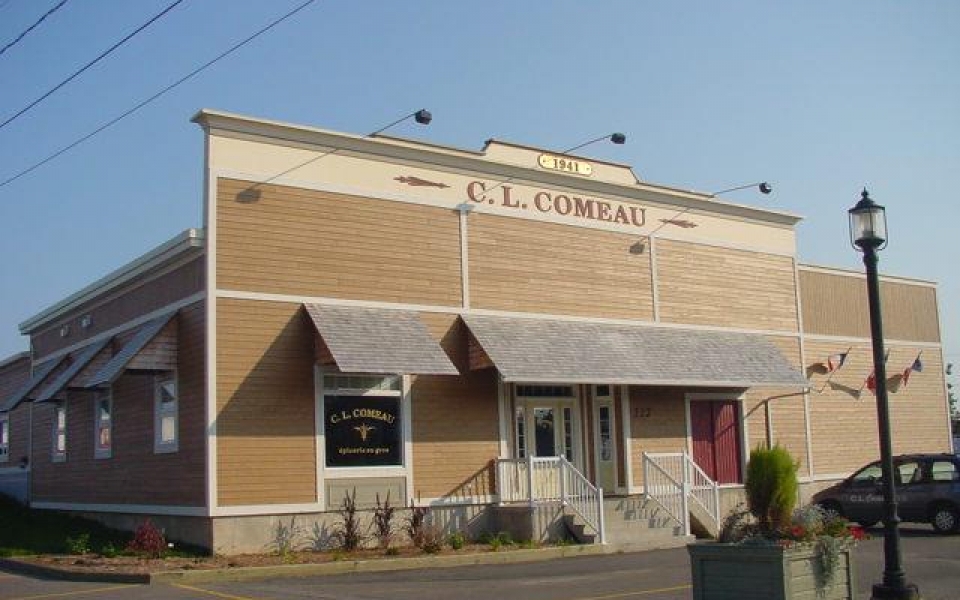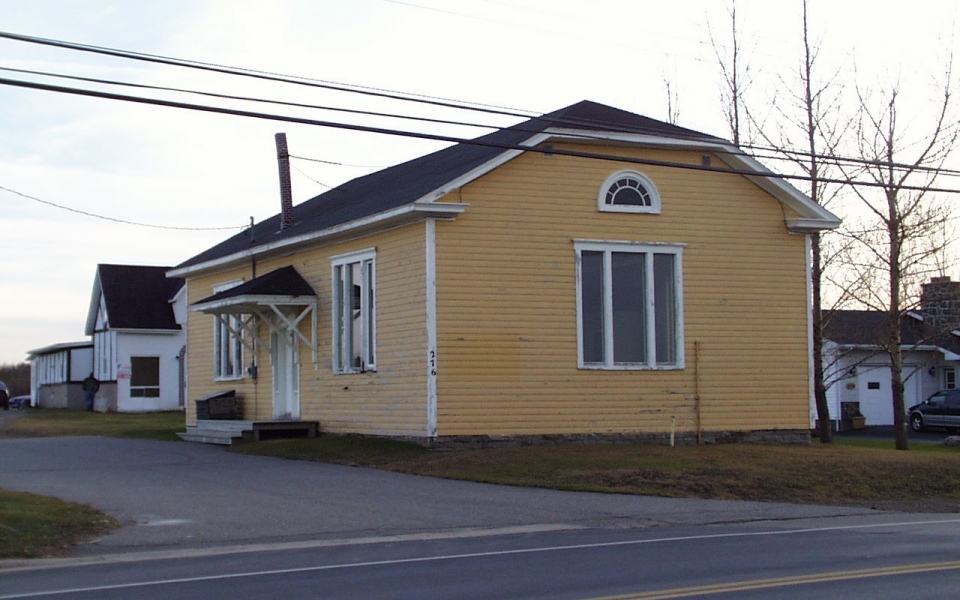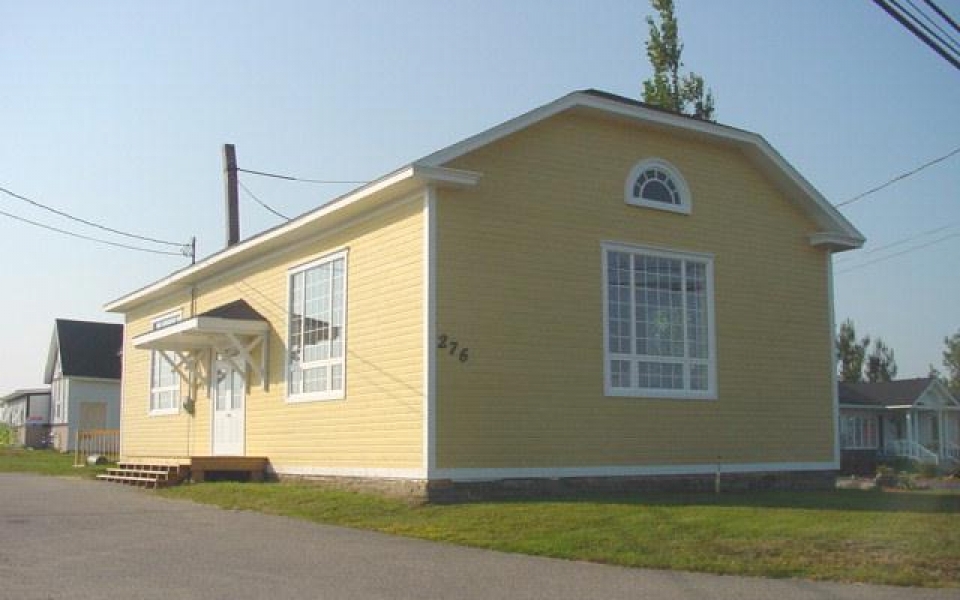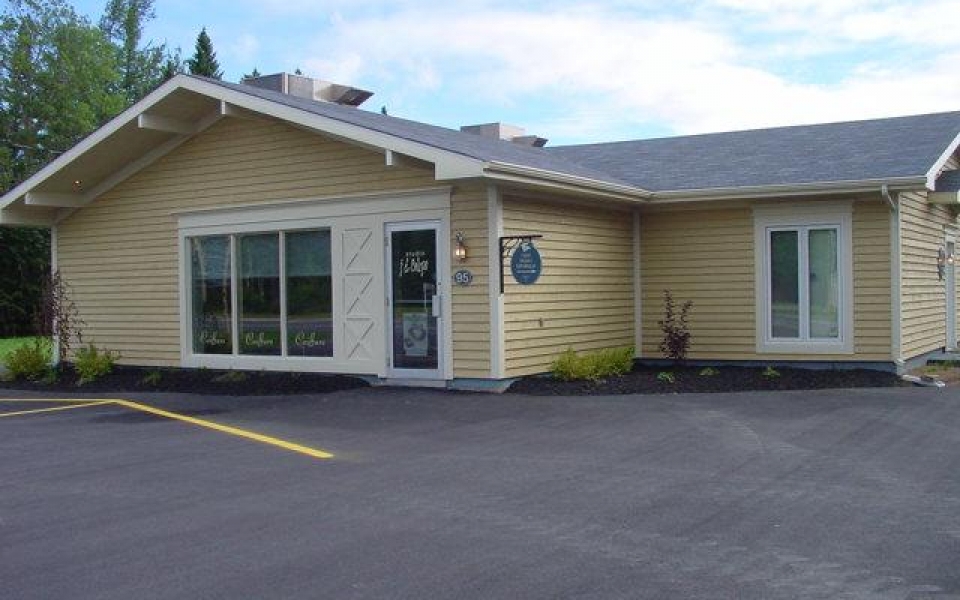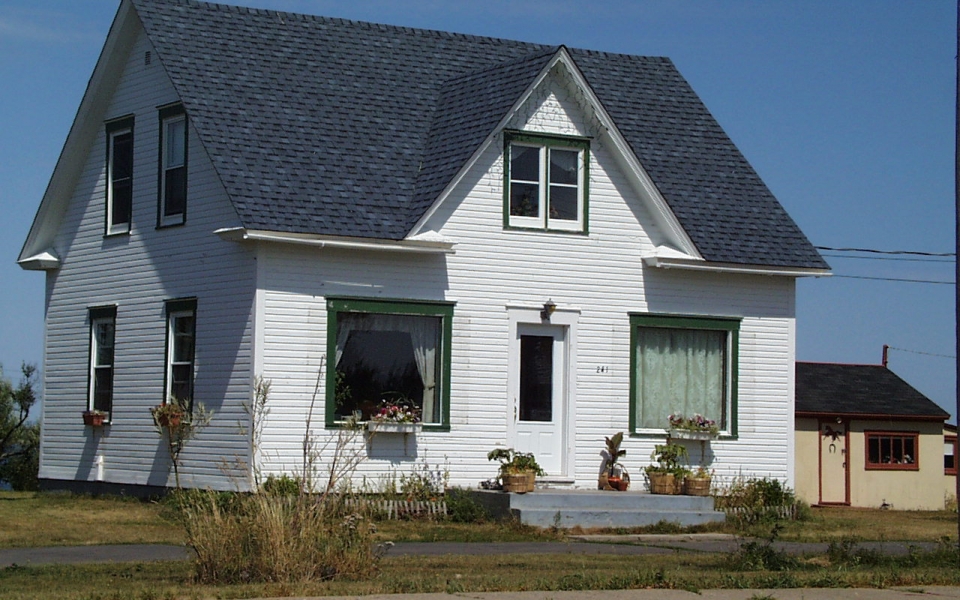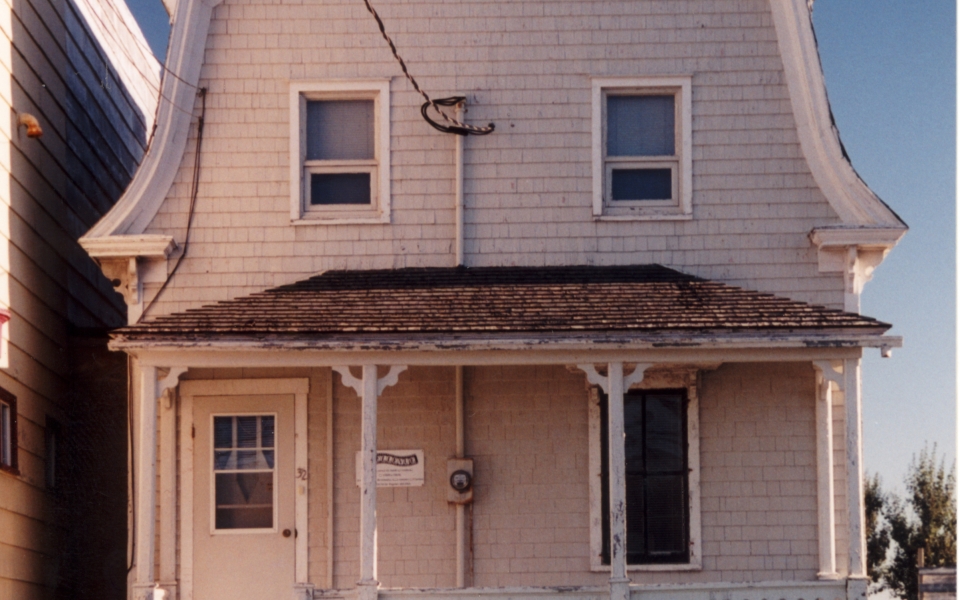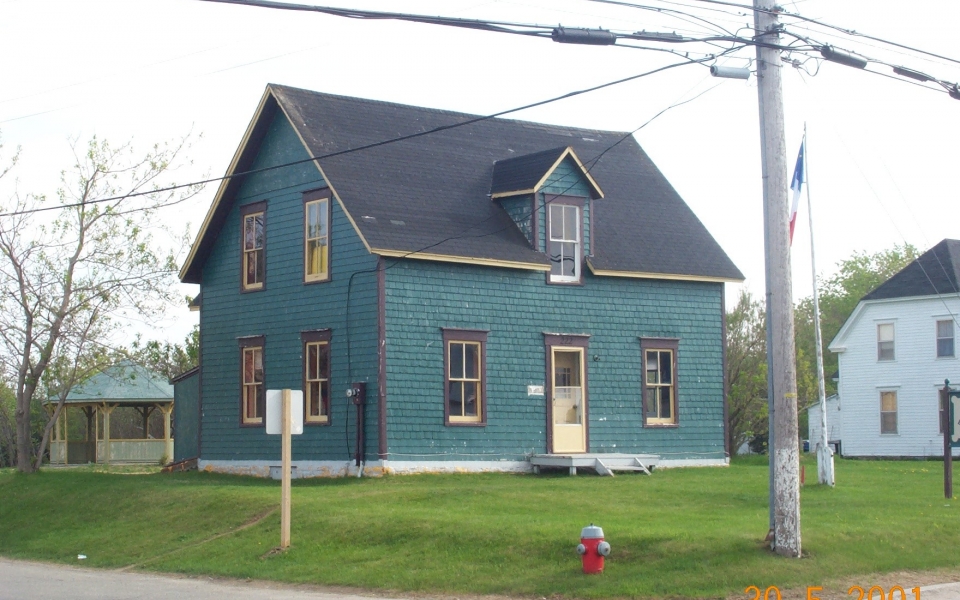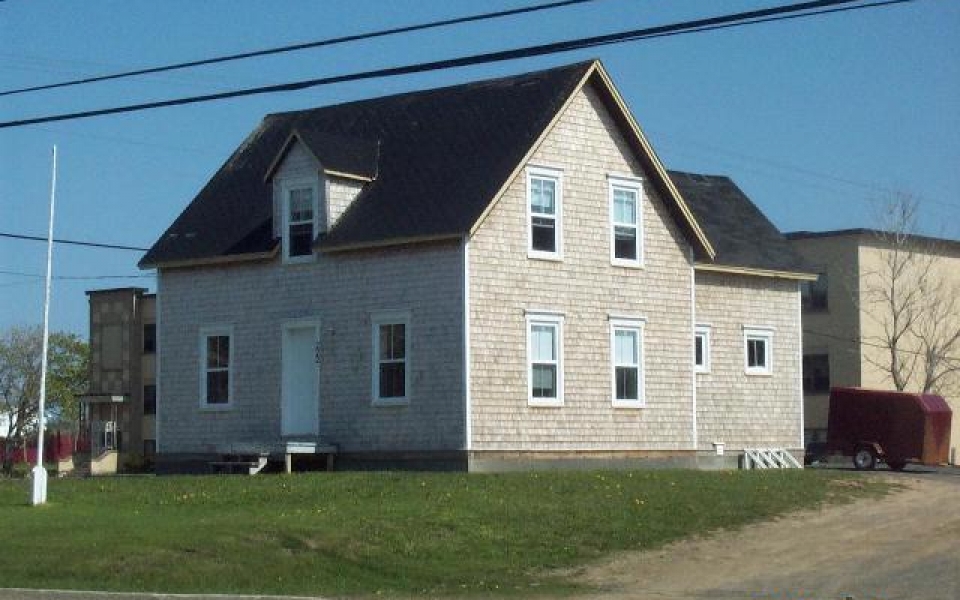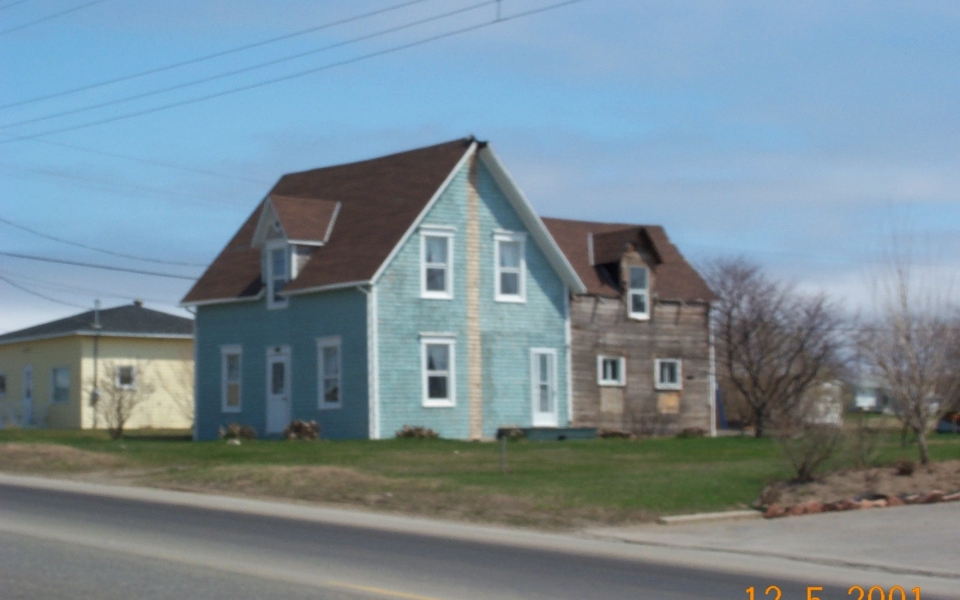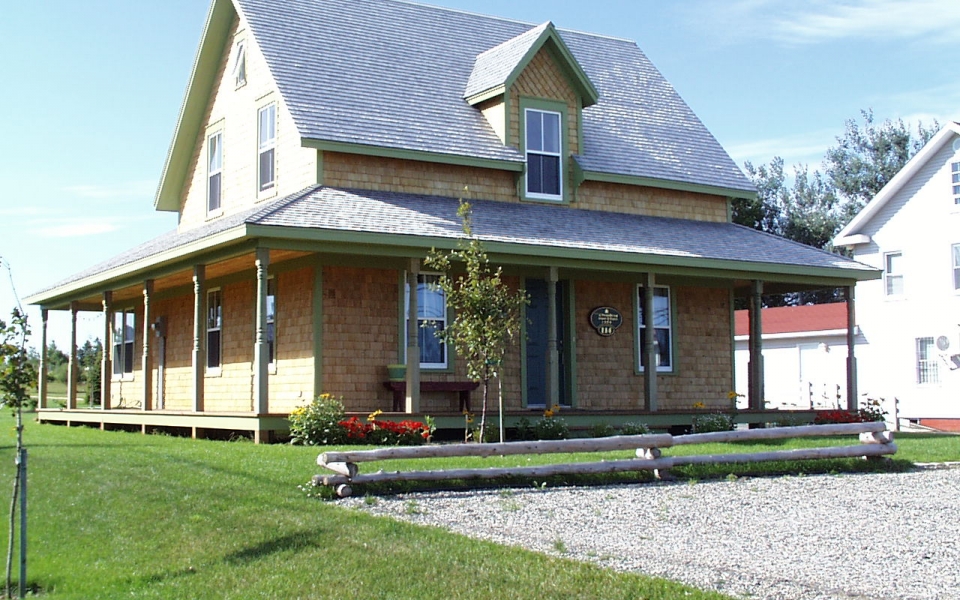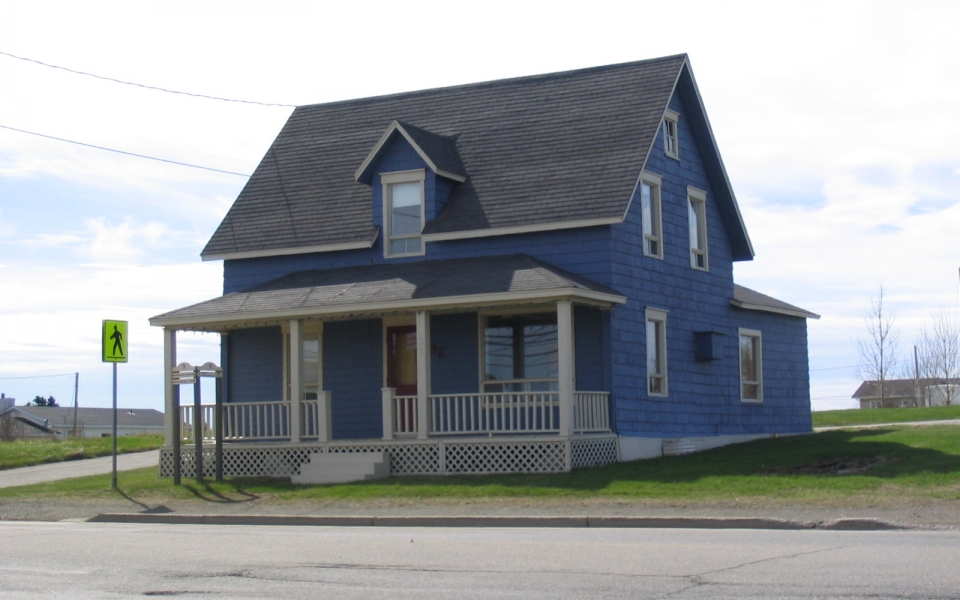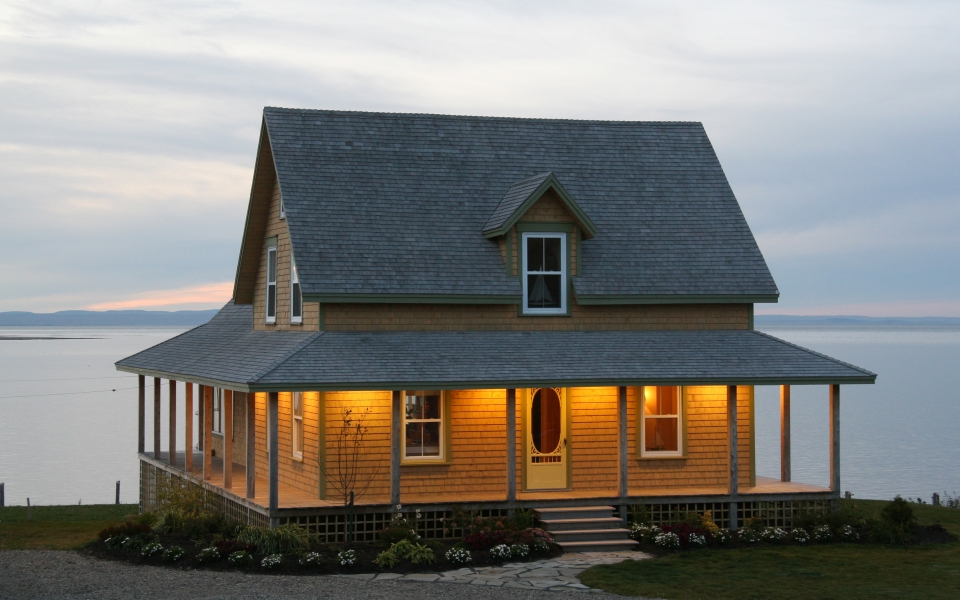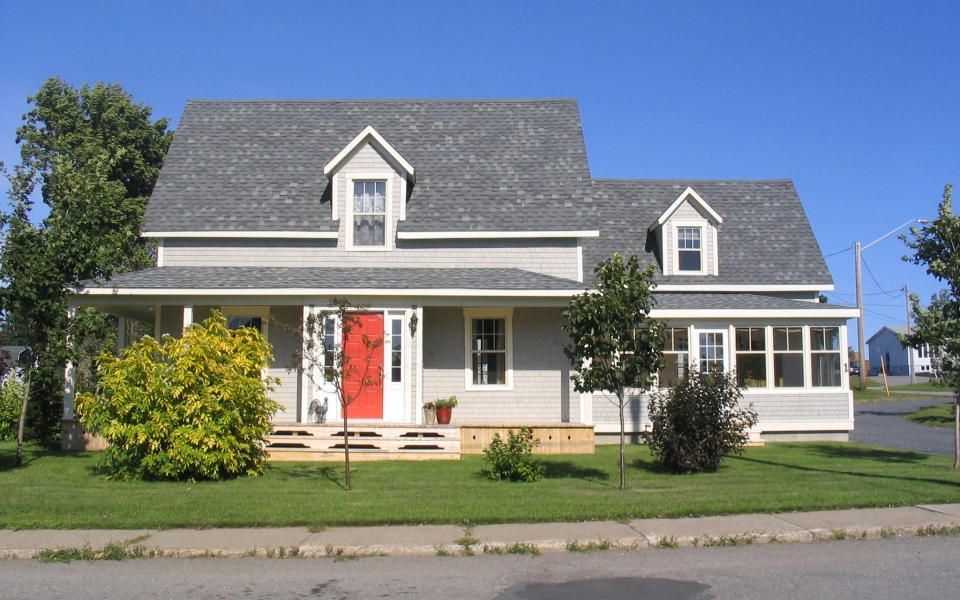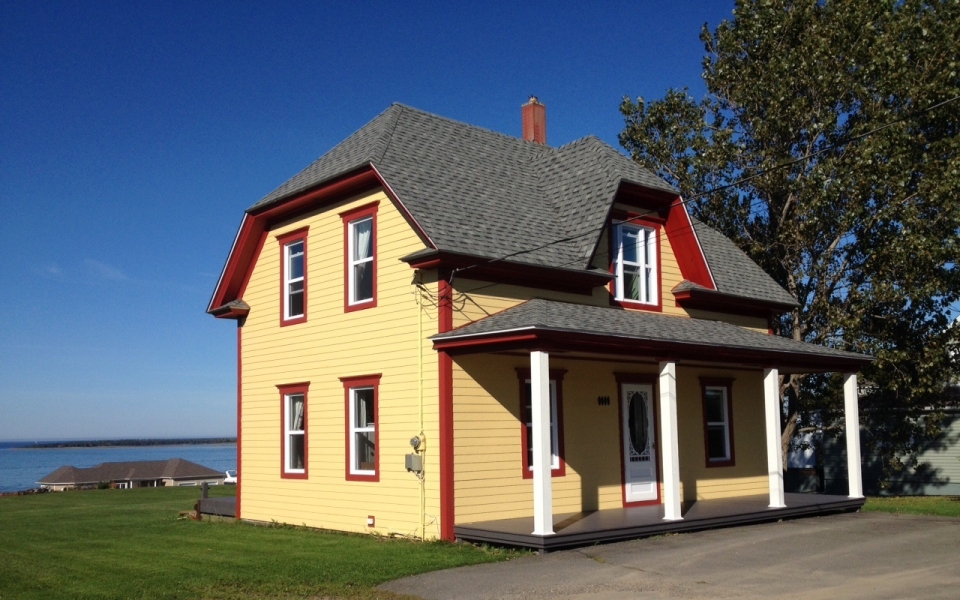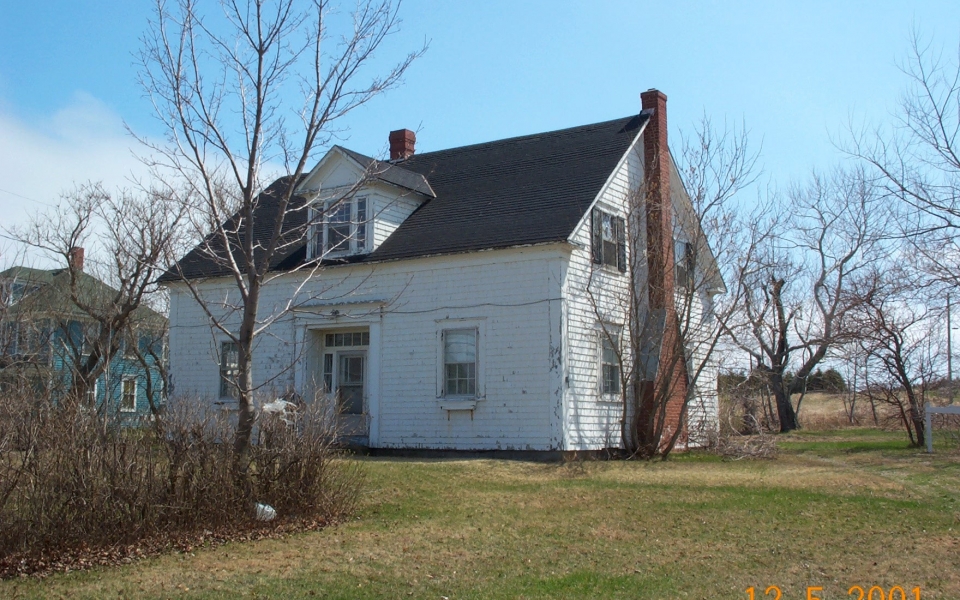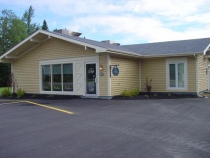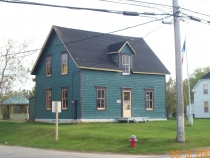Plus
The 19th century was a time of Acadian cultural and economic development coupled with significant events. Notable achievements included the construction of the town church in 1857, a convent for young girls in 1874 (of which only vestiges remain today) and a classical college in 1899. The latter would have been the biggest building in Caraquet had it not been destroyed by fire. At the time, the maritime sector was already flourishing. People were building boats, manufacturing fishing gear and processing fish for local consumption and sale. The Robin family, originally from Jersey, set up fish processing plants in the town in 1837, creating a significant economic boom that led to the establishment of sawmills and other industries, including cooperages, a tannery and a tinsmith’s. Then, with the arrival of the railroad in 1887, Caraquet became truly connected with the outside world.
Caraquet is also tremendously proud of its Acadian heritage, and that pride has been the focus of numerous struggles to assert its rights. In the 19th century, people wanted to own land. In the 20th century, residents demanded the right to instruction in French and religion in the schools. Furthermore, École polyvalente Louis-Mailloux is named after the 19-year-old young man who, in 1875, was killed during a riot as the Acadians defended their French Catholic school. Caraquet has also hosted major gatherings. The most significant events were the National Convention of Acadians in 1905 and the Eucharistic Convention in 1950, which drew more than 20,000 people.
The second half of the 20th century was marked by Caraquet’s cultural and tourism growth. The exceptional renown of the Festival Acadien, the opening of the Acadian Historical Village (which would quickly become one of New Brunswick’s top tourist draws), the Théâtre populaire d'Acadie, the massive celebrations surrounding Acadian National Day on August 15, the Musée acadien, the Sainte-Anne-du-Bocage Sanctuary and many other attractions draw tourists from all over North America to Caraquet. According to the last census in 2016, the Town of Caraquet had a population of 4,248.
Caraquet became a town on November 15, 1961.
The word “Caraquet” comes from the Micmac and means “the meeting of two rivers.”
